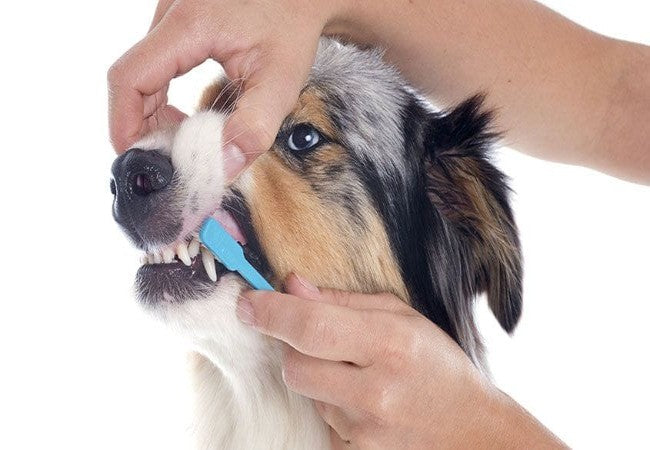How Often to Brush Dog and Cat Teeth in 2025: Vet’s Guide to Oral Health 🐾

In this article
How Often to Brush Dog and Cat Teeth in 2025: Vet’s Guide to Oral Health 🐾
By Dr. Duncan Houston BVSc
🔍 Why Daily Dental Care for Pets Is a Must
Periodontal disease affects 80% of dogs and 70% of cats by age 3, and can lead to pain, tooth loss, and systemic conditions including heart, kidney, and liver issues.
Brushing daily is significantly more effective—especially in small breeds—than treats or water additives at preventing plaque and gingivitis.
🐶 Brushing Frequency for Dogs
Vet guidance:
- ✔️ Ideally, brush twice a day, especially after meals.
- ✔️ Minimum: daily, or at least every other day—infrequent brushing often requires restarting the routine.
- ⚠️ Brushing only 2–3 times weekly is better than nothing—but won’t prevent plaque hardening.
🐱 Brushing Frequency for Cats
Start as early as possible—kittens from 4–10 weeks old.
➡️ Aim to brush every day, ideally ~30 seconds. Missing a day is okay, but less frequent care won’t prevent tartar buildup.
Approximately 70% of cats show periodontal disease by age 2 if not brushed.
🛠️ Tools & Techniques for Dental Success
- Use pet-specific soft toothbrushes or finger brushes—designed for oral anatomy.
- Choose VOHC-approved enzymatic toothpaste in flavors pets enjoy—avoid human toothpaste.
- Technique: apply gentle circular motions to outside gum line; spend ~10–15 seconds per quadrant for dogs, 30 seconds total for cats.
- Introduce slowly—mouth touching → toothbrush exploration → brushing with paste.
- Reward success with treats or praise to build positive habits.
📅 Professional Cleanings & Check‑ups
- Annual vet exams should include dental assessments—more frequent for at-risk pets.
- Deep cleanings under anesthesia are required to remove plaque/tartar below gum line.
- Typical cleaning frequency: once per year, or every 6–12 months for small breeds, seniors, or periodontal disease cases.
🧩 Oral Care Beyond Brushing
- VOHC-approved dental chews & water additives help—but don’t replace brushing.
- Dental diets and hygiene kibbles support scaling prevention.
- Regular visual checks: look for tartar, red gums, breath issues, loose teeth.
🧸 Ask A Vet,
- 🩺 Ask A Vet: Tailored advice for frequency, technique, behavior tips for reluctant pets
📋 Sample Daily Dental Routine
| Pet | Time | Action |
|---|---|---|
| Dog (small breed) | Morning | Brush with dog paste after breakfast |
| Evening | Brush before bed—total 1 min | |
| Dog (large) | Every other day | Brush or use dental chew on off days |
| Cat | Evening | 30 s brushing after dinner |
🎯 Final Thoughts
Daily brushing is the gold standard for pet oral health—protecting teeth, gums, and overall well-being. Combine it with professional cleanings, proper tools, and supportive products from Ask A Vet. Your pet’s healthy smile means a longer, happier life 🐶🐱💙.
— Dr Duncan Houston, BVSc
Need help starting a brushing routine? Visit AskAVet.com or download the Ask A Vet app for expert coaching and motivation anytime.






